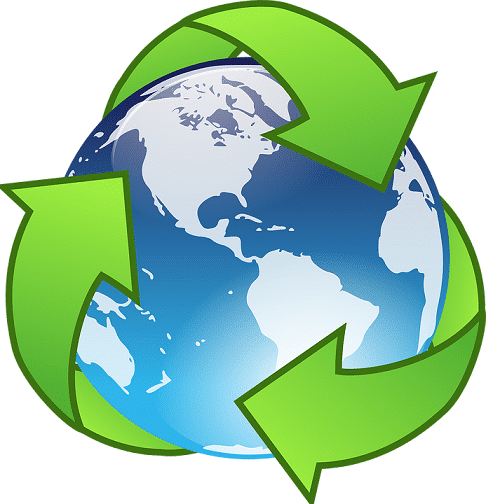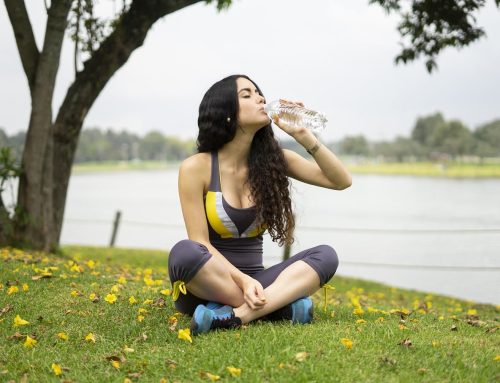 Most of us will, understandably so, turn up our noses at the thought of drinking water that was once sewage water, but is it safe to use? Is it safe to drink or should it just be used for watering the highway median, surrounding shrubbery and perhaps the local golf course?
Most of us will, understandably so, turn up our noses at the thought of drinking water that was once sewage water, but is it safe to use? Is it safe to drink or should it just be used for watering the highway median, surrounding shrubbery and perhaps the local golf course?
One of the problems that those utilising these methods of recycling ran up against was the fact that this approach is much more expensive than expected because the first water recycling systems were of necessity built close to the sewage treatment plants, and this necessitated building ever longer pipe networks to get the water to where it is needed.
This led to a new two-step process of treating wastewater:
- The wastewater is first pressurised and passed through a reverse osmosis membrane which traps and retains the salts, viruses and organic chemicals but allows the water molecules to pass through; and then
- A small amount of hydrogen peroxide is added to the water and an ultraviolet light is shone on the water. This UV light cleaves the hydrogen peroxide into two parts called hydroxyl radicals, which are extremely potent forms of oxygen that break down most organic chemicals.
Once the water has been through this dual process, it is safe to be used as drinking water. Some experts say that this recycled water rarely contains any chemicals, which is actually in stark contrast to the water that we normally get from our taps, which does contain certain chemicals and other toxins.
If this type of recycling of water still does not sit well with you, that might be a problem in the future, as more and more countries are looking to recycling wastewater for more than just watering the garden. My recommendation would therefore be that you invest in a water cooler with a really good filter such as the Living-Water range of POU office water coolers that can all be plumbed in to your main water line and fitted with a triple action filter to provide you with drinking water that is second only to natural spring water in purity and taste.





